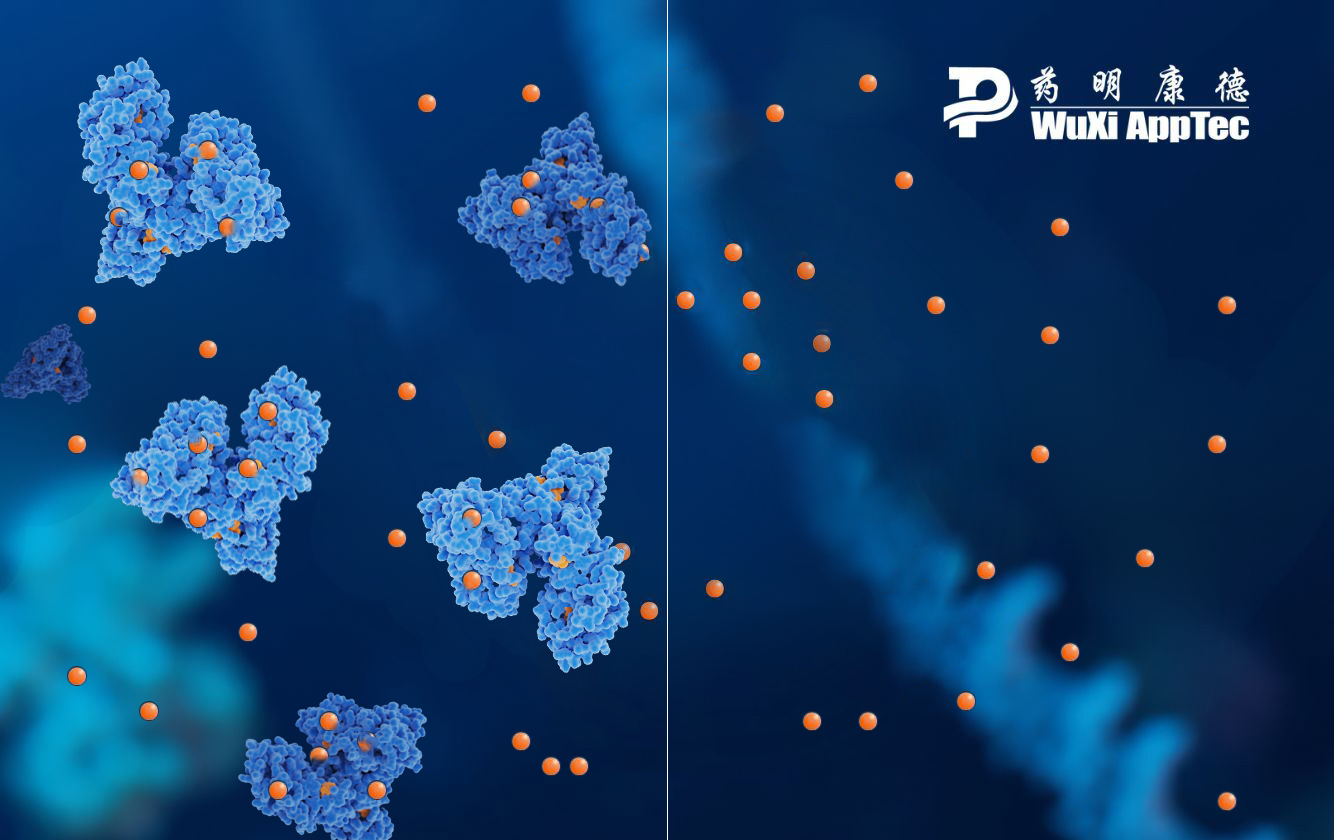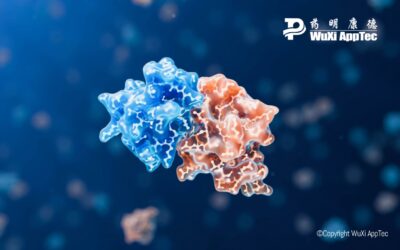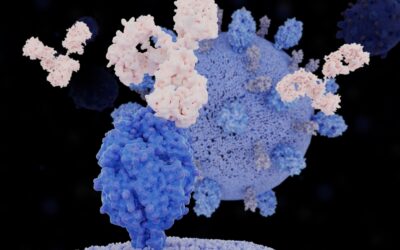In pharmaceutical research, reliable methods to evaluate drug behavior within the human body are paramount. One critical area of study is plasma protein binding (PPB), which directly influences a drug’s pharmacokinetic (PK) and pharmacodynamic (PD) profiles. Among several techniques employed for PPB assessment, flux dialysis emerges as a cutting-edge alternative, offering unparalleled insights into drug interactions and their resultant physiological effects.
Flux dialysis is built upon the principle that the initial flux rate of a compound through a dialysis membrane is directly proportional to the product of the compound’s initial concentration, fu, and unbound dialysis membrane permeability. Flux dialysis uses this relationship to assess the drug’s free concentration in the plasma. The procedure involves measuring the flux rate through a dialysis membrane, a device-specific constant that is known or predetermined.
Flux dialysis is also pivotal in predicting and understanding drug-drug interaction (DDI). Determining PPB can be an uphill battle—especially for compounds with poor water solubility or high protein affinity—but flux dialysis provides a reliable and robust methodology for PPB measurement, leading to more accurate DDI effect calculations.
As research in this area continues to evolve, flux dialysis is expected to undergo further refinements, making it even more reliable and comprehensive. It’s not an overstatement to suggest that flux dialysis could redefine how we approach future PPB studies and drug interaction assessments.
Advantages & limitations of flux dialysis in PPB studies
Flux dialysis offers some compelling advantages over other PPB methods. One strength lies in its immunity to nonspecific binding. In flux dialysis, the fu of a compound remains unaffected by nonspecific interactions, whereas achieving true equilibrium in methods like equilibrium dialysis requires adjustments to incubation time and other conditions.
Another advantage is flux dialysis’s robustness in dealing with unstable compounds. In equilibrium dialysis, the fu of an unstable compound in plasma might not be reliable. Flux dialysis sidesteps this issue by ensuring the same metabolism rate on both the donor and receiver sides, thus maintaining the reliability of fu measurements.
Furthermore, flux dialysis removes the need to match biological matrices since both the donor and receiver compartments use plasma. This homogeneity simplifies the analytical process. The technique does not require an extremely low analytical lower limit of quantification (LLOQ), making it more accommodating for a broader range of compounds.
However, flux dialysis is not without limitations. The method requires a prior understanding of membrane permeability constants, which can be challenging to ascertain. It also assumes minimal drug interaction with the dialysis membrane, which may limit its applicability to certain compounds.
Despite some clear advantages, flux dialysis demands a nuanced understanding of its limitations and operational constants.
Assessing flux dialysis efficiency
The efficiency of flux dialysis depends on two methods of accurately using receiver-to-donor concentration ratios to measure flux rate. The first method includes measuring the flux rate at initial time points, which provides an immediate snapshot. The second method is more nuanced and includes measuring concentration ratio over time and using nonlinear curve fitting techniques to measure flux rate.
The incubation time for each method can vary significantly. Longer incubation times are often preferred to standardize the protocol, ensuring the measurement is consistent and reliable across different compounds and conditions. This choice of extended incubation time is particularly beneficial for the second method, where data is captured over a period to fit a curve accurately.
However, the length of incubation time can influence flux dialysis’s efficiency. Standardizing these parameters ensures that the flux dialysis method remains consistent across different studies and drug compounds.
When is flux dialysis the preferred approach?
Flux dialysis shines in scenarios that involve new modalities, like proteolysis-targeting chimeras (PROTACs, PROTAC® is a registered trademark of Arvinas. In this blog post, PROTAC specifically refers to the abbreviation of PROteolysis TArgeting Chimera as therapeutic modalities), or compounds that display challenging properties like high lipophilicity, high molecular weight, poor water solubility or plasma stability issues. Additionally, when research has progressed to the late stages or when a more rigorous set of PPB data is required, flux dialysis is a robust verification method.
Investigating compounds with challenging properties can consume significant amounts of time and resources. While its multiple incubation time points can make flux dialysis more costly in the short term, saving time on protocol optimization renders the approach more cost-effective in the long run.
Finally, the method’s ability to yield accurate and reliable PPB data also translates into superior predictive capabilities, especially for drug-drug interactions (DDI). The direct relationship between flux rate and free drug concentration in plasma allows for precise calculations, elevating the method’s predictive accuracy.
A final word on flux dialysis
Flux dialysis is critical for plasma protein binding (PPB) studies. Offering distinct advantages over traditional methods, it excels in studying compounds with challenging properties. Its robustness, reliability and time efficiency make it a strong choice for many applications, from new modalities like PROTACs to compounds with high lipophilicity or poor water solubility.
Despite flux dialysis’s limitations, the method holds substantial promise in advancing drug development research, particularly its ability to provide more accurate and predictable PPB and drug-drug interaction data.
Contact WuXi AppTec to help with your compound’s flux dialysis methodology.
As a global company with operations across Asia, Europe, and North America, WuXi AppTec provides a broad portfolio of R&D and manufacturing services that enable the global pharmaceutical and life sciences industry to advance discoveries and deliver groundbreaking treatments to patients. Through its unique business models, WuXi AppTec’s integrated, end-to-end services include chemistry drug CRDMO (Contract Research, Development and Manufacturing Organization), biology discovery, preclinical testing and clinical research services, helping customers improve the productivity of advancing healthcare products through cost-effective and efficient solutions. WuXi AppTec received an AA ESG rating from MSCI for the fourth consecutive year in 2024 and its open-access platform is enabling around 6,000 customers from over 30 countries to improve the health of those in need – and to realize the vision that “every drug can be made and every disease can be treated.”


